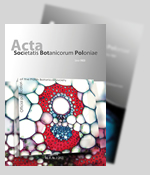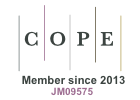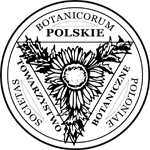Abstract
The pod of Cassia tora is the product of a single carpel consisting of 20-30 seeds enclosed one in each compartment formed by the ingrowth of the endocarpic tissue. There are three distinct histological zones of the pericarp Epicarp (a), Mesocarp (b) and Endocarp (c). The paracytic stomata and uniseriate multicellular trichomes are found only in the outermost layer of the epicarp. The epicarp is single layered. The outer mesocarp in later stages of its development has many collenchyma, particularly at dorsal and ventral margins. The mesocarp develops from the homogenous mesodermal tissue of the ovary wall. The middle mesocarpic tissue becomes sclerenchymatous above the :main bundles providing rigidity at the two sutures where the zones of dehiscence develop inbetween them. The endocarp develops from the inner epidermis and 2-3 hypodermal layers. Due to frequent periclinal and anticlinal divisions and enlargement of the cells in the inner hypodermal layers, the septa are formed which never fuse; thus the so called compartment of the seed is not completely closed and the seeds slide off on separation of the valves. The inner hypodermal layers form the band of sclerenchyma above the septal cells. The inner margins without septa and sclerenchyma provide easy opening of the two valves from the chamber side.







